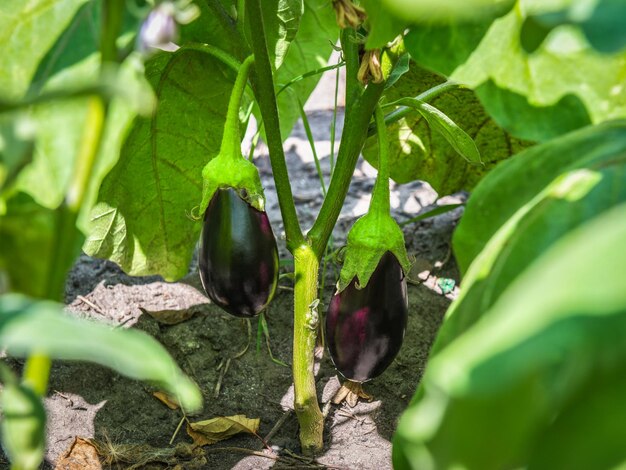Verticillium wilt is a serious fungal disease caused by the pathogens Verticillium dahliae and Verticillium albo-atrum. This disease can severely impact eggplant (Solanum melongena) crops, leading to reduced yields and poor fruit quality. Recognizing the early signs of verticillium wilt is crucial for effective management and prevention. Here are ten early signs to watch for in your eggplants:
1. Wilting Leaves
One of the first signs of verticillium wilt is wilting leaves, especially during hot weather. The leaves may appear droopy and lose turgor, making the plant look stressed. This wilting can occur even when the soil is adequately watered.
2. Yellowing of Leaves
As the disease progresses, you may notice the leaves turning yellow, particularly starting from the bottom of the plant and progressing upward. This yellowing often affects the older leaves first and may be accompanied by a general decline in vigor.
3. Interveinal Chlorosis
In addition to yellowing, you might observe interveinal chlorosis, where the areas between the veins of the leaves turn yellow while the veins remain green. This symptom indicates nutrient deficiencies and poor plant health.
4. Stunted Growth
Affected eggplants may exhibit stunted growth. The plants may be smaller than healthy counterparts and may fail to reach their expected size, resulting in lower yields.
5. Dark Vascular Discoloration
One of the most definitive signs of verticillium wilt is the presence of dark streaks or discoloration in the vascular tissue of the stem. To check for this, cut the stem open and look for dark brown or black streaks, which indicate the presence of the fungus.
6. Abnormal Leaf Drop
Infected plants may experience premature leaf drop, particularly during the flowering and fruiting stages. This can lead to reduced photosynthesis and further weaken the plant.
7. Poor Fruit Development
As the disease progresses, you might notice that the fruits of affected plants are smaller, misshapen, or poorly developed. This poor fruit quality can significantly impact harvest yields.
8. Dying Branches
In severe cases, entire branches may die off while the rest of the plant appears relatively healthy. This phenomenon is often referred to as “flagging,” where only a portion of the plant exhibits symptoms, leading to uneven growth.
9. Increased Pest Activity
Plants affected by verticillium wilt may attract more pests, as weakened plants become more susceptible to infestations. You may notice an increase in aphids, spider mites, or other pests taking advantage of the stressed plants.
10. Delayed Recovery After Watering
If you notice that your eggplants do not recover after watering, it could be a sign of verticillium wilt. Healthy plants typically perk up after watering, while those affected by the fungus may continue to exhibit wilting and stress.
Management and Prevention
If you suspect your eggplants are suffering from verticillium wilt, immediate action is essential. Remove and destroy infected plants to prevent the spread of the disease. Rotate crops to break the disease cycle, and consider planting resistant eggplant varieties. Practicing good soil management and maintaining proper irrigation can also help reduce the incidence of this disease.
In conclusion, recognizing the early signs of verticillium wilt is vital for protecting your eggplant crops. Regular monitoring and timely interventions can help manage the disease and ensure a healthy harvest.







